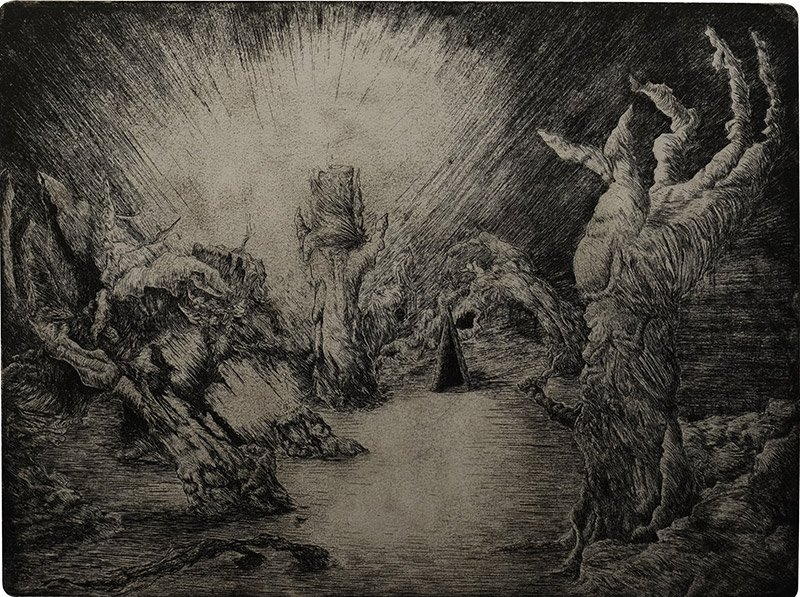© Turkuvaz Haberleşme ve Yayıncılık 2026
Istanbul’s Mamut Art Project has been providing a platform for emerging and independent artists since 2013. Focusing on the concept of attainable art, every year the project evaluates the works of artists who submit their applications. A separate space is allocated to the selected artists to display their works at the project's exhibition.
The 2020 edition of Istanbul's Mamut Art Project exhibition was held at Yapı Kredi bomontiada between Oct. 27 and Nov. 8 this year. However, the project, as a key event in the art calendar of the city, presents its collection through its online platform to reach more art enthusiasts during the challenging virus period. The online collection, which also functions as an archive for the project’s artists, can be visited until the end of the year.
Among the works featured in the collection are three-dimensional works such as ceramics, sculptures, woodworks along with videos, animations, illustrations, photographs, collages, installations and paintings.
Some artists featured in the exhibition interpret sound perception and global issues in their works, which reflect changing world conditions, ecology and the search for new forms and structures.
Halil Sercan Tunal's watercolor and ink drawings, for example, captivate viewers with their similar patterns opening the doors of different worlds and telling stories that matter. Before starting his drawing, Tunal writes down his ideas and thinks about how he can best express them on paper. What matters the most to him is to have an emotional impact on the viewers.
The sense of originality can be felt in every detail of the artist’s works. While his larger works are like novels, the small ones resemble short stories. In a large format, the artists find more freedom, which leads him to reflect more detailed stories. Some images like eyes, fishes and small creatures are common elements in Tunal’s paintings. When viewers see these repetitive images, they will understand that the images represent overconsumption in the contemporary world, unrealistic expectations of beauty and the banality of reality.

Another artist working miracles with watercolor at the online exhibition is Zelal Özkan. Places where memories are made and objects associated with these memories are mnemonic devices for us. Özkan’s paintings use these devices to reflect her past with depictions of especially empty interiors of homes. According to the artist, the interiors that she depicts are inspired by her home where she feels comfortable. Examining the paintings, one can easily recognize the importance of observation and light in these pieces.
After some light-colored productions by Tunal and Özkan, I looked for more dark, melancholic works to neutralize my perspective on the website. This is when I saw the metal engravings of Taylan Demirbiler, which are based on dots and lines. Demirbiler is an artist who mainly focuses on humans' chaotic struggle in life. Human psychology is depicted through surreal natural elements bearing symbolic meanings with the mystical style of medieval artists in his works.

After being lost in different but complementary stories of Demirbiler’s engravings, I was yearning to see another genre of artwork. This is when I came across Yağmur Çalış’s installation, “Invasion,” and Doğan Demir’s “Generative Data-driven Terrain Sculptures” series. Çalış presents a deer with growing and expanding antlers. While using wood and paper together for this piece, the artist designs this deer as a living being who is ready to cover the entire room with his antlers. This invites the question: “Can animals in nature only survive against invasive human actions by imitating their behavior?
Demir's work also takes inspiration from nature, but his concept includes computer-generated images and an artificial intelligence algorithm. The data-driven terrains of the artists turn into fine art prints and invoke a strong desire to touch his works.
You can visit the Mamut Art Project website to learn more about the 2020 artists and view their pieces.
